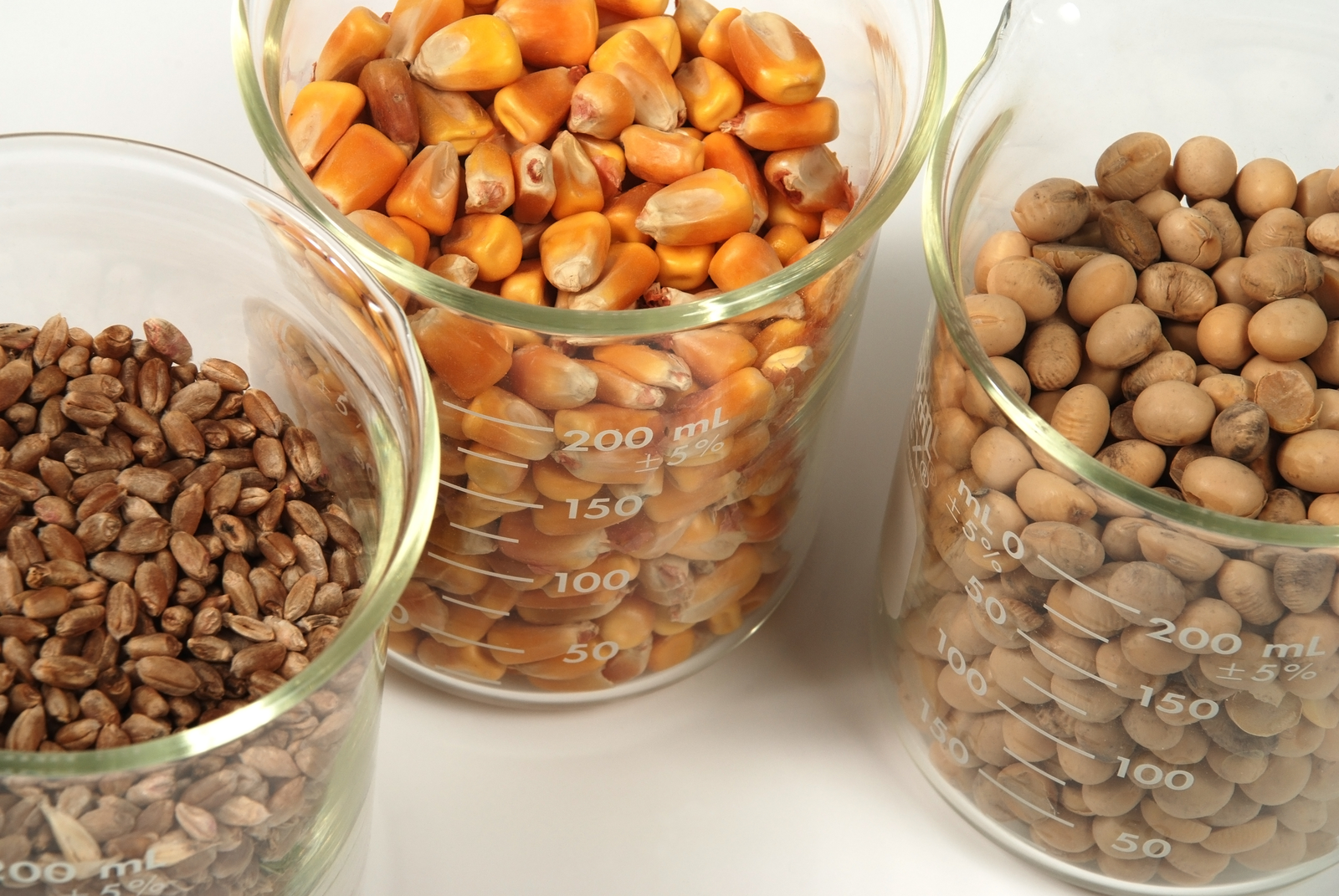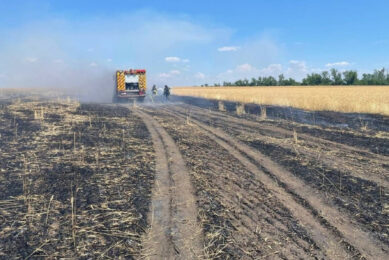USDA: Global wheat surplus expected

Next season, the world will have an abundance of wheat supplies. However, the consumption of soybeans and corn on the world market will be higher than the production forecast for these crops for the season 2016/2017.
The US Department of Agriculture (USDA) forecasts in its first forecast for the new season 2016/2017 that the world will produce 727 million tons of wheat. This is 14 million tons more than the world demand. The ending stocks will therefore grow to a record level of 257 million tons. This surplus is enough to cover 36% of the annual consumption. The stocks-to-use ratio for wheat has never been this high. Ten years ago, the relationship between ending inventory and consumption was around 20%. Large stocks are known to lower the prices.
Deviating wheat forecast
The forecasts from the USDA for wheat is different than assumptions made by the world food organization FAO and the International Grains Council (published in April). FAO expects a wheat production of 713 million tons and a consumption level that is 10 million tons is higher. This leads to a stock-to-use ratio of 27%. The IGC expects that consumption will be 3 million tons higher than the production volumes, resulting in a stocks-to-use ratio of 29%. However, the USDA notes that the growing season for wheat has started very successfully in the EU, Russia and Ukraine, and therefore assumes higher than average production levels.
Shrinking corn supplies
For corn, the USDA expects that consumption in 2016/2017 will be just 1 million tons above the production of 1,011 million tons. The ending stocks therefore shrink to 207 million tons. The stocks-to-use ratio is 20%, which is similar to previous years. The USDA corn forecast differs little from that of the FAO and the IGC. The latter two also predict that the ratio between final stock and consumption will be around 20%.
Surprising forecast soybean
The soy forecasts of the USDA are surprising. The production of 324 million tons, cannot keep up with consumption of 328 million tons. This means that the ending stocks will be reduced to 68 million tons, which is the lowest world stock in three years. Earlier, trade was based on a closing stock of at least 73 million tons. The USDA expects less soybean output in Argentina, as a result of the heavy rains over the last weeks. In Brazil soybean farmers experienced a water shortage. This leads to smaller stocks in the beginning of the new season, which leads to the low end of stock prediction by the USDA. Following the publication of the WASDE forecast, listing on the grain futures market in Chicago spiked to the highest point in 17 months.












